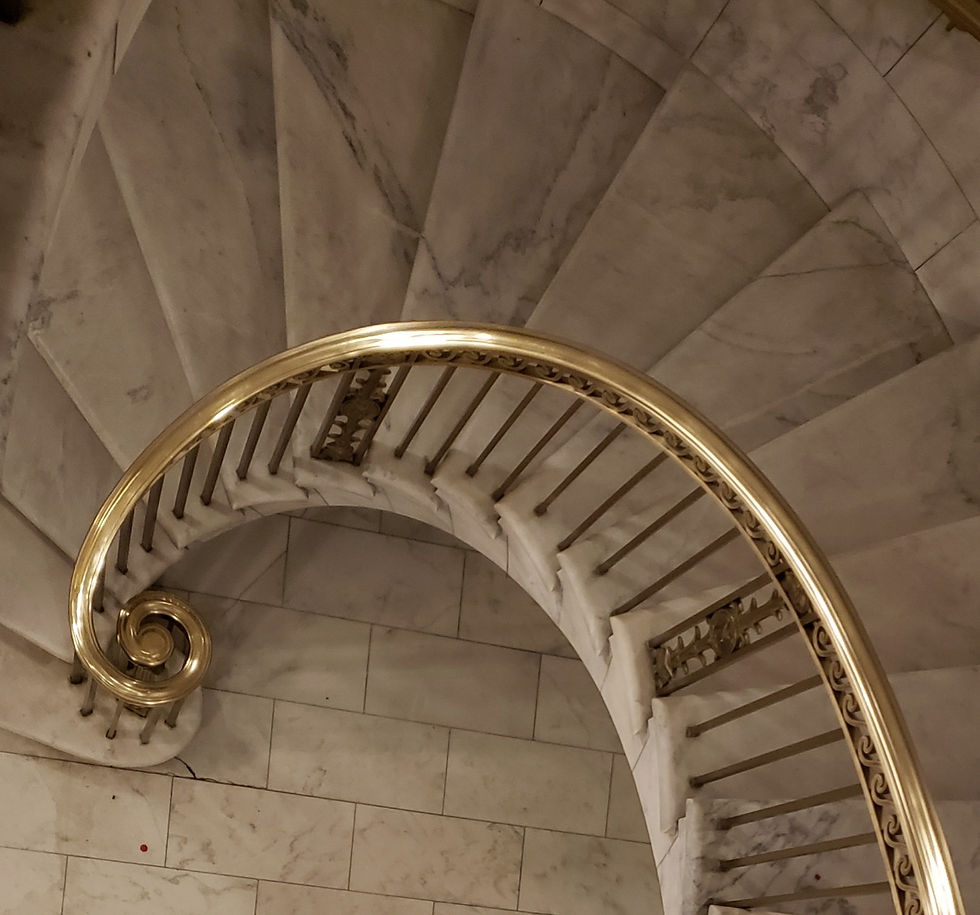Palladian Architecture: Deep Roots
- sueskala
- Mar 23, 2019
- 2 min read
Updated: Mar 31, 2019

Architecture in the Renaissance era, which in the early fifteenth century started in Italy, diverged from the architectural timeline - Roman to Gothic.
Italy clung to its old Roman traditions. Many of its monuments still stand. Gothic style promoted methods of construction, whereas Roman Classical style emphasized form and the employment of the “Orders” of architecture – Tuscan, Doric, Ionic, Corinthian, and Composite. Those, such as Palladio, Scamozzi, and Vignola that reintroduced the orders for decoration as well as construction were not copiers, but rather innovators of combinations which suited the time. The building up of a façade from base, plinth, column to entablature followed classical rules and proportions, yet formed around more modern uses, such as pedestrian arcades.
Palladio exemplified the new architect, a student of classical architecture who applied historic design with modern method in an individual way. Schools of architecture sprung up around named architects in the Renaissance. A building had an “author” and was not just an evolution of a collective group of artisans from this point on.
Palladio worked in the Veneto area of northern Italy near and in the town of Vicenza. The Basilica in Vicenza demonstrates his deft use of orders in a modern way. Palladio added an outer arcade around an older medieval hall. This arcade was defined by the old hall’s first floor height and the second floor great hall. Sir Banister Fletcher, in A History of Architecture describes Palladio’s design.
“These arcades in fine hard stone which has beautifully weathered, consist of superimposed Doric and Ionic Orders which, under the main entablature, frame intervening arches supported on smaller free-standing twin columns, and there are circular openings in the spandrels. This grouping and combination of columns and arches has been termed the ‘Palladian motif’ and is exceedingly effective, especially when seen in conjunction the slender campanile alongside.”
Why do we think Palladian spaces are great?
For many reasons; Palladio reawakened the ideas that architecture was an art; that facades were canvases for good design; and that design was steeped in history, harkening back to the Romans and the classical orders. He studied classical architecture, respecting the rules, yet expressing it uniquely. He achieved works of art from common place materials. His legacy, especially his writings influenced all of Europe and young disciples, such as Indigo Jones and architects today. Great spaces come from deep roots, such as the study of Palladio, and then deeper still to classical Roman architecture, your website or business.




Comments